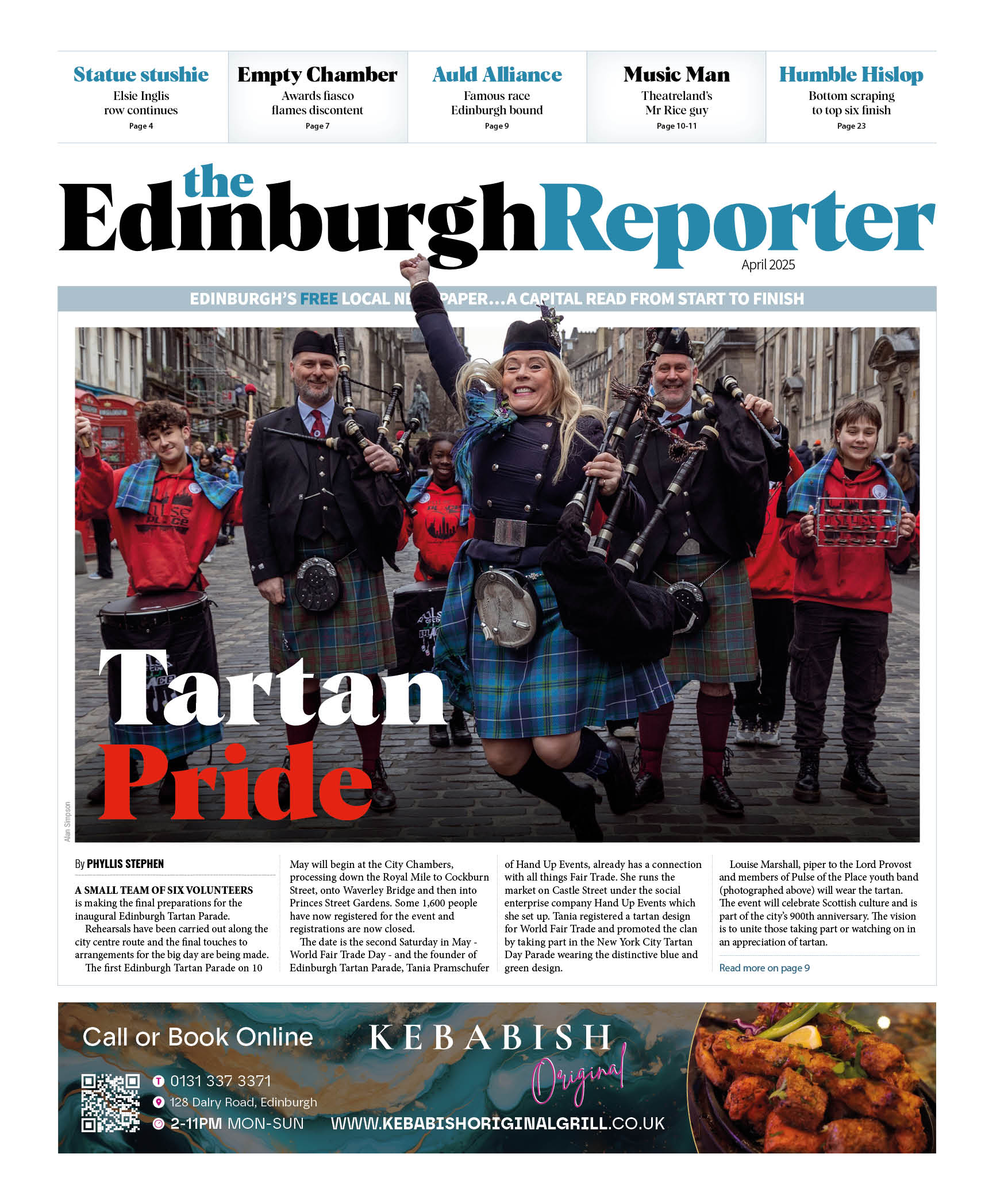In the garden, sometimes you need a beautiful accent in the background, in the depths of the mixborder, or the center of the flower bed. Tall varieties of daylilies (Hemerocallis) are perfect for this purpose. In July, they will replace tulips, daffodils, irises, and peonies. And in the fall, their beautiful foliage will not at all disturb the harmony of the entire composition. However, among the huge variety of hybrid daylilies, there are not so many tall ones because most breeders follow consumer demand and concentrate on medium-sized varieties. To make flower care easier, the goods catalog offers a huge number of tools and materials that will delight any gardener.
The American Hemerocallis Society is the international registrar of daylilies. Its database records varieties bred by breeders in different countries. Using the advanced search function in this database, you can find daylilies of a certain height.
The focus of hybridizers is always the beauty of the flower: large size, purity, the brightness of shades, fancy designs, lush corrugated border, all kinds of rims, teeth, and fringe. In recent years, “spiders” and “unusual shapes” with narrow or twisted petals have become very popular. Attention is consistently paid to miniature varieties with small flowers.

Popularity of tall daylilies
More than half of all registered daylilies fall in the height range of 60 to 90 centimeters (as the “Golden Prize”). Such varieties are in greatest demand in the market. It is easiest for them to find a place in the garden; their height is ideal for admiring the blooms at close range. Nevertheless, some hybridizers are not afraid to overcome stereotypes and create tall and even very tall varieties. The new products from American breeders, such as Margo Reed, Jim Murphy, Bret Clement, Jamie Gossard, Sandy, and Mike Holmes, and the few masterpieces of Ellen Laprise, are especially good.
Most tall varieties have flowers with elongated petals, narrow or wider, straight or twisted. The coloring is quite varied, and every year, a new addition to the row of tall daylilies is added.
In recent years, “spiders,” daylilies with unusual flower shapes, have been gradually gaining recognition. Many of these daylilies have a natural appearance thanks to graceful petals but delight us with a wide variety of colors, from the most delicate white-cream-pink-lilac tints to the brightest yellow, orange, red, and purple. Perhaps our domestic hybridizers will pay attention to high varieties and create something completely new in this area.
Among the shortcomings that are sometimes inherent in the tallest daylilies, one can name only the instability of peduncles, which can fall over in a strong wind or heavy rain. Hybridizers try to take this into account in their work.





